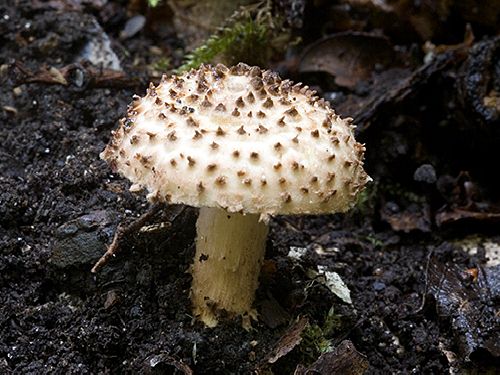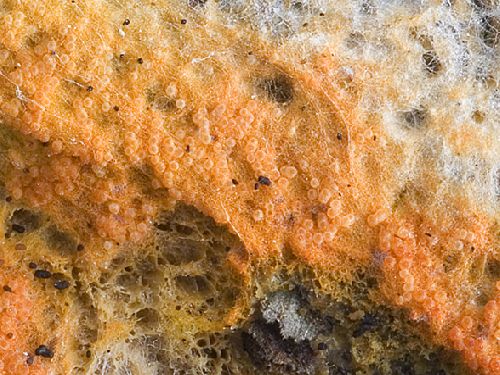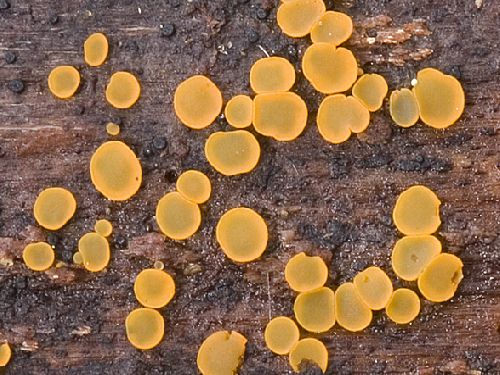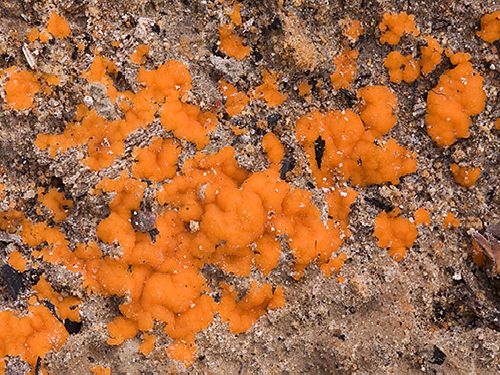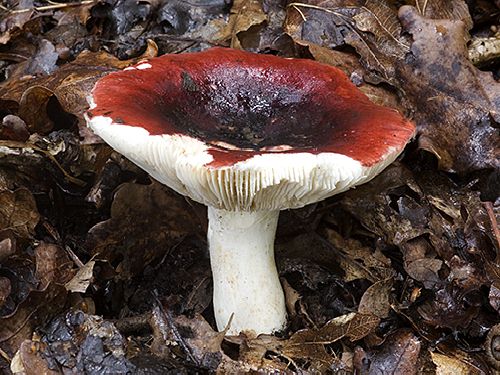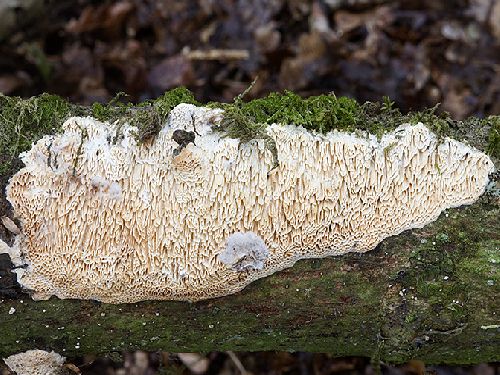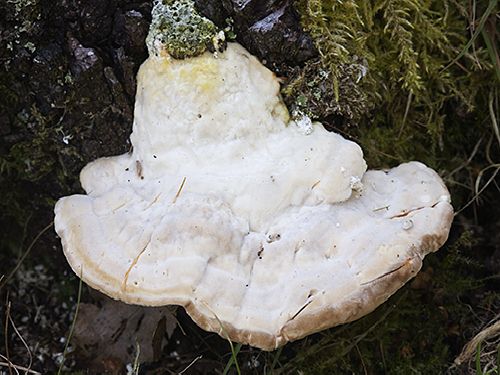Bartley Heath
Sun 7 Aug 2011
Field event ID HF1114
Weather: The ground was generally damper following reasonable amounts of rain over the previous week but still not thoroughly damp.
New Records:
New to HFRG: Russula subfoetens
Report: This was a new site for the group, one a few Hampshire Wildlife Trust sites we decided to explore this year. Mike Waterman, who knows the site well, joined us for which everyone was very grateful as at least one person knew where we were going. We also welcomed two other forayers from the north of the County, Pete Comley and newcomer Simon Bainton. Once again wood rather than soil was the more productive medium but fairly early on a firesite found by Paul was growing a profusion of orange 'blobby' things that several of the group took away and for once all came to the same conclusion first time around - Pyronema omphalodes - which only has a couple of other Hampshire records. Paul and Stuart worked on an orbilia with the aid of Zotto's keys and came to O. delicatula in the end. In living preparations the spores have 'pegs' on the outer curvature which taxed Paul's microphotography but he has come up trumps with a photo that convinces me. The striking orange colour of Hypomyces aurantius was much admired and photographed. There were several examples of Hapilopilus nidulans which performed their trick of turning purple with alkalis. Although there was a reasonable number of Russula to be found, Lactarius species were entirely missing and only a few boletes were in evidence including Aureoboletus gentilis which despite the slugs effort to destroy it was still recognisable by its contrasting pink cap and vivid yellow pores.
Species list: Amanita excelsa var. spissa, Amanita muscaria var. muscaria, Annulohypoxylon multiforme, Antrodia albida, Aureoboletus gentilis, Bjerkandera adusta, Boletus cisalpinus, Calocera pallidospathulata, Ceratiomyxa fruticulosa, Chlorociboria aeruginascens, Clitocybe gibba, Colpoma quercinum, Crepidotus mollis, Crepidotus variabilis, Dacrymyces stillatus, Daedaleopsis confragosa, Echinoderma asperum, Fuligo septica, Fuscoporia ferrea, Ganoderma australe, Gymnopilus junonius, Gymnopus confluens, Gymnopus dryophilus, Gymnopus peronatus, Hapalopilus nidulans, Hymenochaete rubiginosa, Hypholoma fasciculare var. fasciculare, Hypomyces aurantius, Leccinum aurantiacum, Lenzites betulina, Lycogala terrestre, Marasmiellus vaillantii, Marasmius rotula, Orbilia delicatula, Paxillus involutus, Phlebia tremellosa, Phragmidium violaceum, Piptoporus betulinus, Pluteus cervinus, Polyporus durus, Psathyrella candolleana, Pyronema omphalodes, Rickenella fibula, Russula atropurpurea, Russula claroflava, Russula cyanoxantha, Russula grisea, Russula heterophylla, Russula insignis, Russula ionochlora, Russula nigricans, Russula ochroleuca, Russula parazurea, Russula subfoetens, Russula vesca, Schizopora paradoxa, Scleroderma verrucosum, Skeletocutis nivea, Stereum hirsutum, Stereum rugosum, Trametes gibbosa, Trametes versicolor, Trichoderma pulvinatum, Tyromyces chioneus, Vuilleminia coryli, Xerula radicata, Xylaria hypoxylon
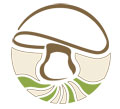
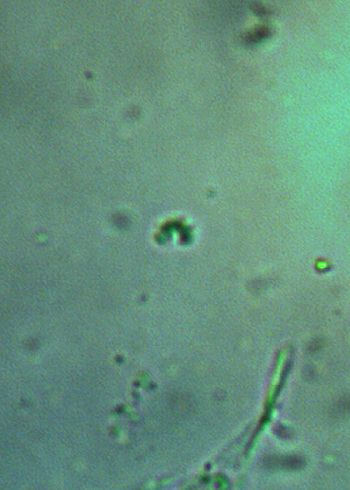
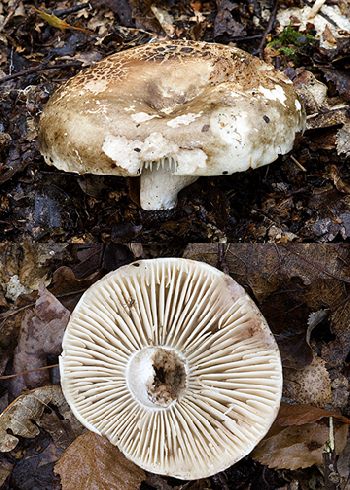
.jpg)
.jpg)
